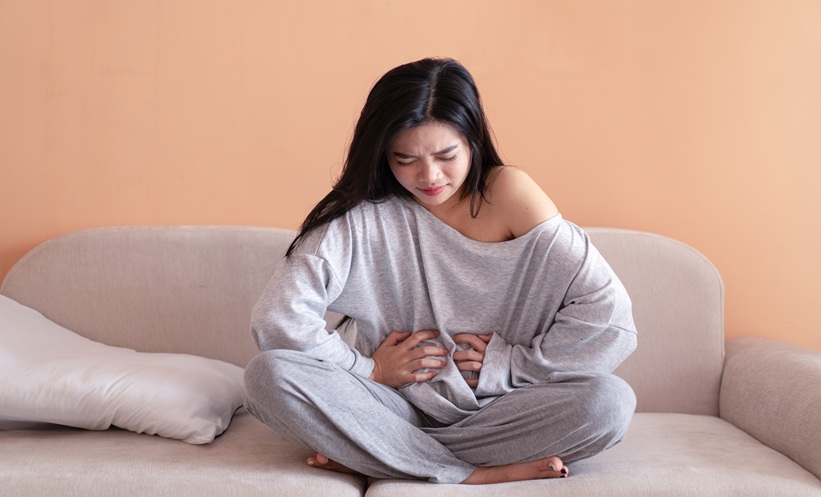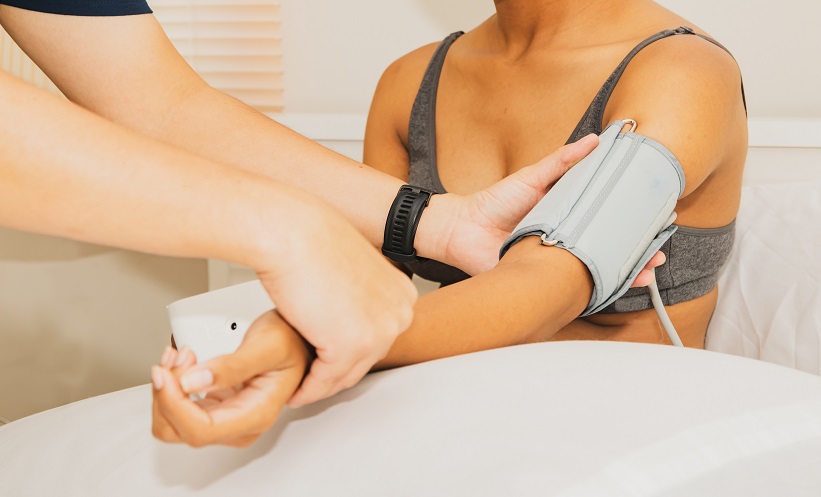Abstract
I was thrilled to attend the Euro Good Tissue Practices (EUROGTP II) dissemination seminar this year. I felt that the event in Sitges, Spain, was a great opportunity to take part in an important project, a sentiment which remained throughout and until the end of the event. A sensation of absence arose after realising the project had ended, but then I realised: is this really the end, or was this just a prelude in the right direction? This positive thought alleviated any negative feelings. EUROGTP II is, and always will represent, at least for me if not for many more, the coming together of people to try and do better as specialists to provide for our patients.
The concept of an integrated healthcare practice is universally accepted, but, in fact, the differences between the healthcare systems, legislations, and guidelines of each country make this concept, by definition, almost impossible to harmonise. Therefore, to ensure common understanding and to help create and improve uniformity,1 as well as alignment and collaboration within and between the healthcare providers and the competent authorities, the European Good Tissue Practice (GTP)2 guidelines and the adjacent training models have established details on quality management concepts and recommendations on processing of tissues and cells.
The main challenge in this project was not, as may be expected, to develop tools that assist professionals in their daily activities, but to produce guidance that is in accordance with the regulatory principles and legislation that has huge variability across Europe. Developing guidance that applies to all types of tissues and cells (TC) in a systematic risk-based mechanism to obtain a standardised approach was a real effort for all associated and collaborative partners.
The GTP guidelines and the adjacent training model have been established as an outcome of the European Union (EU)-funded project, Euro-GTP I, to provide a complete and detailed tissue banking information package for tissue bankers, as well as for tissue establishment (TE) inspectors in Europe. These guidelines bring together the current minimum regulatory requirements of the European TC directives and go one step further by incorporating useful good manufacturing practice principles and using the expertise of tissue bank experts to provide a set of practical recommendations for good practice in European TE.1,3,4 The GTP are developed as a helpful tool for all kinds of TE in different phases of their development and evolution, as well as for competent authorities when performing TE inspections. However, some aspects were not present in the guide and there are specific topics that require more extensive work to evaluate or are of very high importance, such as tissue-specific quality criteria or donor selection for each type of TC, and the risk management and patient follow-up. These hot topics will change from one edition of the Council of Europe (CoE) Guide5 to the next. Some will be resolved with definitive guidance and new hot topics will emerge. In this way, EUROGTP II was born.
EUROGTP II sets up the good practices applied to TC preparation, processes, and patient follow-up procedures. It began with a 3-year project funded by the 3rd health programme of the EU and it has delivered practical tools for the assessment and verification of the quality, safety, and efficacy from diagnosis to patient follow-up.
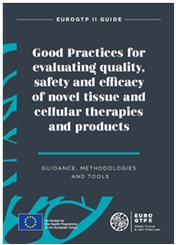
Good practice for evaluating quality, safety and efficacy of novel tissue and cellular therapies and products.
The Barcelona Tissue Bank (Banc de Sang I Teixits [BST]) co-ordinated this project together with 14 associative partners from 11 member states, alongside 12 collaborative partners.
The dissemination seminar was held on the 11th–13th March 2019, in Sitges, Spain, and was hosted by the project co-ordinators. There were 117 delegates present for the workshop named ‘Methodology and tools (Guide, Interactive Assessment Tool, TC database)’. It was held in a breath-taking location, the Freixenet wineries in Sant Sadurni d’Anoia, Spain, where everyone present could sense the traditional Catalonian atmosphere. First and foremost, this effort was made to present the results of the project to the specialists who travelled from >18 countries, including the UK, Turkey, Romania, Finland, France, Germany, Croatia, Bulgaria, Belgium, Spain, the Netherlands, and many more. The EUROGTP II guidance document was presented to the delegates and the interactive risk assessment tool demonstrated through theoretical and practical exercises.
One of the Romanian participants, Dr Andreea Veliscu Carp, stated that “risk should be assessed every time new equipment, substances, and procedures are planned to be implemented in your tissue establishment. If not done so, there could be situations that lead to new hazards.”
The methodology presented by EUROGTP II was based on generic principles of risk assessment and could therefore be applied to all types of tissue establishments including banks for reproductive cells and tissues.
Different levels of novelties represent different risks and distinct impact in the quality and safety of the products; the evaluation of such risks was the goal. The evaluation of the level of novelty and the risks associated should start with a characterisation of the novel process or tissue cell procedures (TCP). Accordingly, VISTART,6 depending on the level of changes in the processes or in the clinical applications of TCP, novelties are classified as minor novelty, moderate novelty, substantial novelty, or major novelty. Therefore, prior to the implementation of changes in the existing process or prior to implementing new processes, a formal document detailing the factors that justify such developments should be produced.
This document should describe a justification for implementing this new process; the description of change from a technical point of view, including the description of the final product (the TCP) and where it will be used; additional quality indicators that will be used for evaluation; and previous clinical data reported by other clinics or bibliographic evidence that support the implementation.
There was, however, some fine-tuning of the generic tool so that it was accessible for the processing of tissues, haematopoietic stem cells, and assisted reproduction.
The Assisted Reproductive Technology (ART) work package, WP8, led by Dr Kelly Tilleman, Ghent University Hospital, Ghent, Belgium, and a ‘dream team’ of experts, succeeded to define criteria for risk evaluation in patients when novelties in ART are implemented. The theory behind this risk assessment can be read in the guidance document of EUROGTP II in the specific chapter for ART.7,8 The interactive tool based on these theoretic principles can be easily and freely accessed online.
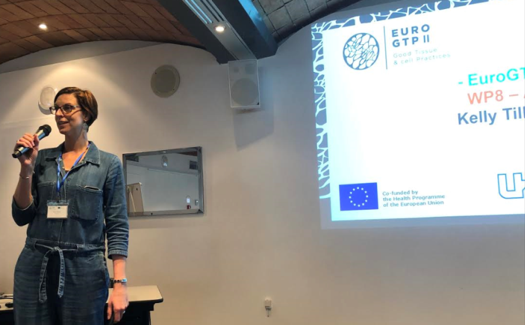
Dr Kelly Tilleman, UZ Ghent, WP8 leader at the Dissemination Seminar,
11th–13th March 2019, in Sitges, Spain
The guidance follows steps to obtain the risk assessment. The first step is to evaluate the novelty by answering a series of questions. The questions were defined as a simple exercise that should allow the user to identify if the TCP or procedure is adapted from Provoost:9 experimental, innovative, or established. After this step, if one of the answers was yes, the second step will follow: risk analyses. The 2nd step aims to determine the risk associated with the different novelties by establishing the risk profile, potential risk, risk factors, probability of occurrence of the risks, severity of the risks considered in the evaluation, detectability, and finally risk reduction.
During the dissemination meeting, ART specialists acknowledged that there are some limitations in using the methodology, because the risk in novelties in ART are not solely related to the patient or recipient, but also very much related to the embryo and future child. I am confident that future projects will be developed in this direction.
The European Society of Human Reproduction and Embryology (ESHRE), one of the stakeholders of the project, was represented by Dr Nathalie Vermeulen, Senior Research Specialist involved in ESHRE Guidelines; Ms Titia Van Roy, E-learning and Communications; and Ms Christine Bauquis, Communications and Press.10
Regarding the necessity of risk assessment in this work, Dr Kelly Tilleman said that “a critical analysis of efficacy of novelties should be considered together with the risk of that novelty to our patients. Quality and safety go hand in hand and the nice thing about the current methodology is that you can assess this in a structured and easy way.”
When asked about the outcome of the project and about the future perspective, Dr Rita Piteira, was confident that the collaborative partnership with programmes such as VISTART, ECCTR, ARTHIQS, GAPP, and of course, with the support of ESHRE, the TC database, along with the Guide and the Tool, represent an important outcome in the EUROGTP II’s popularity. Until April 30th, 2019, everyone could introduce data in the TC Database.10
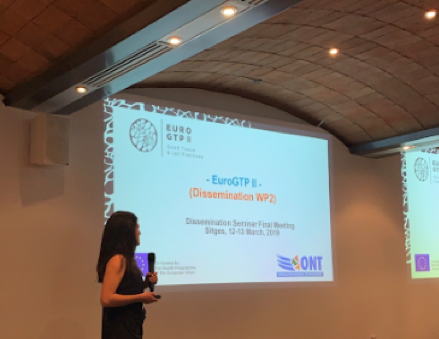
Dr Rita Piteira, BST; EUROGTP II Coordinator
By using the tools and populating the database, stakeholders and CA will be encouraged to accept the validity of data generated for products in other countries (harmonisation of practices) and this can be the start for another project. Involvement will not only advocate the collaboration amongst TE, boosting multicentre collaborations, but will promote the accessibility for patients by developing knowledge among clinicians regarding the availability of TCP.
It is important to share that Mr Richard McGeehan, Legal Officer of DG Santé at the European Commission, considers the implications of the EURO-GTP risk assessment instrument for ART and its relevance to updates in the TC Directives of 2004.
The EUROGTP II project offered support to TE on fulfilling the requirements of directives, but the results can be the precursor that bring into legislation the technical development that have occurred since the directives were created.
The EUROGTP II gives the possibility to professionals of this sector to organise their risk assessments in a consistent manner and thus allows them to facilitate exchanges in novel therapies and treatments. The interactive tool takes care of the entire process of risk-based thinking and will result in uniform and in-depth risk analyses concerning novelties in ART.
To conclude, I encourage all readers who are curious on how everything works, as well as staff members, to engage with the project! This way, everyone contributes to defining the concept of integrated healthcare practice. For me, it has been a wonderful experience, full of pleasant surprises, great people, and interesting information, and I recommend it to anyone interested in such experiences and looking for inspiration.


